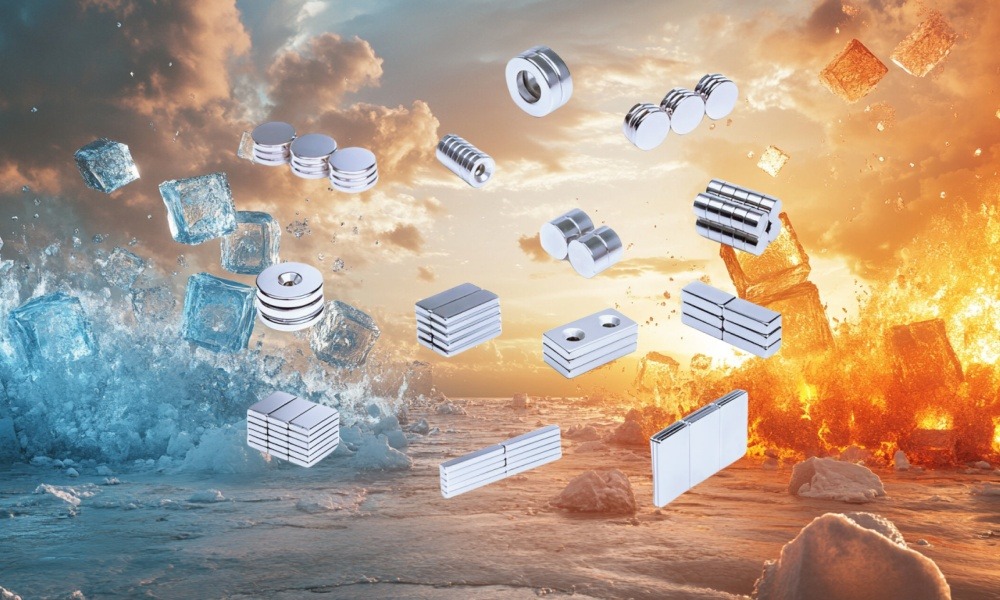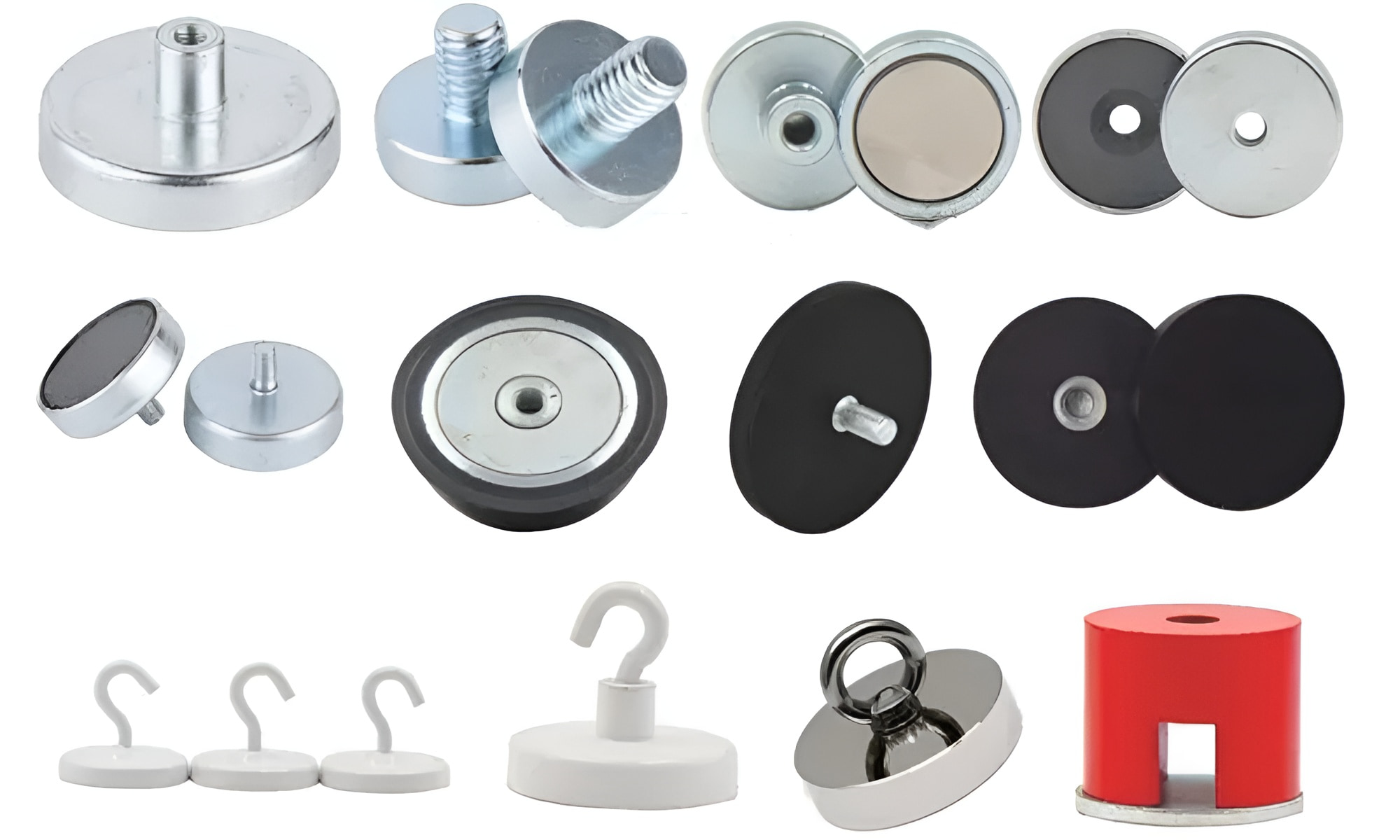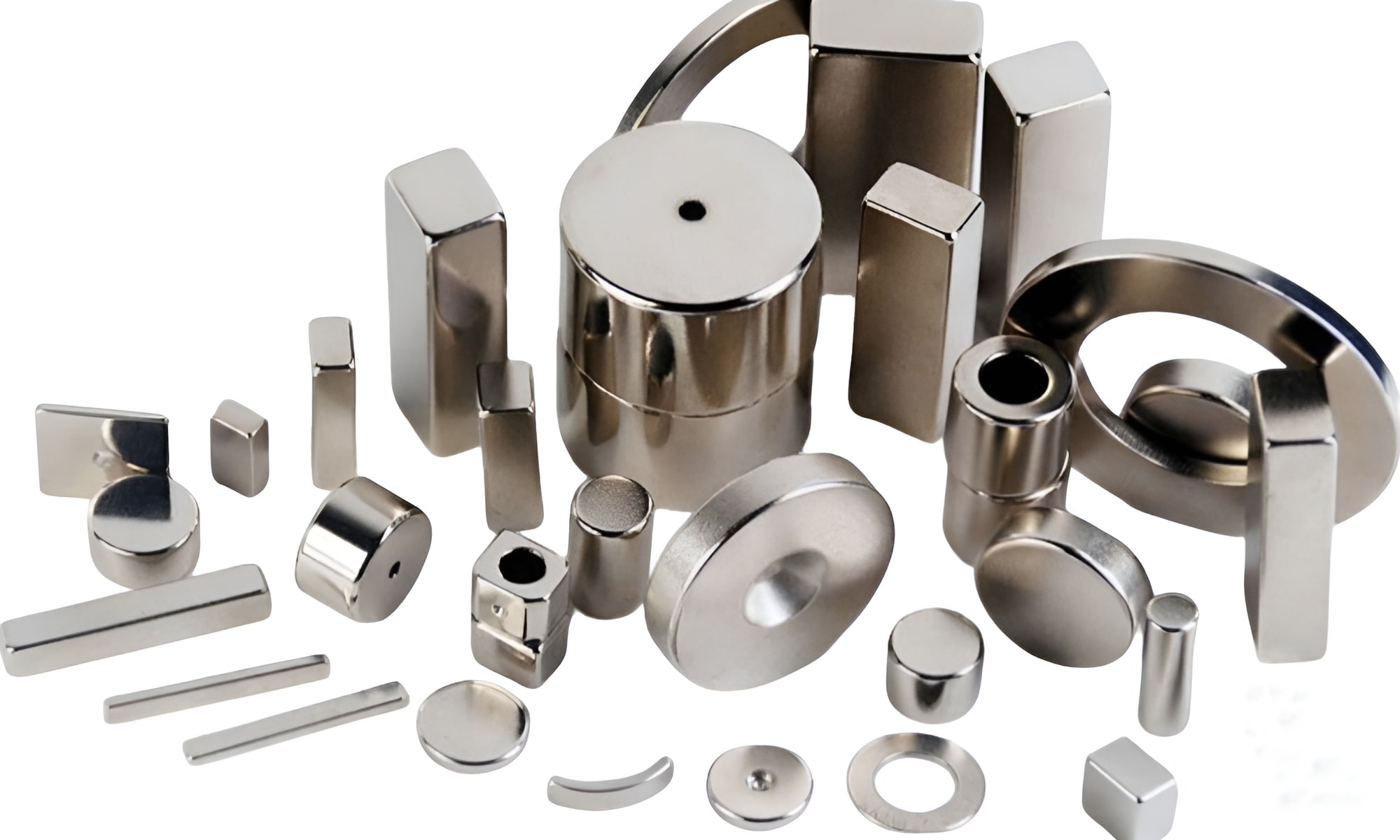 Hefei Super Electronics Co., Ltd.
Hefei Super Electronics Co., Ltd.
What Are You Looking For?
The vacuum of space poses a uniquely hostile environment for most materials, including permanent magnets. With no atmosphere, extreme temperature fluctuations, and exposure to cosmic radiation, space presents a significant challenge to the structural integrity and performance of magnetic materials. Strong neodymium magnetic material, widely known for their strong magnetic properties and compact size, are increasingly used in aerospace and satellite technologies—but how do they maintain performance under such extreme conditions?
In vacuum environments, especially in space, temperatures can swing drastically—from below -150°C in shadow to above +150°C in direct sunlight. Such variations can cause conventional magnets to lose strength or even suffer permanent demagnetization. Furthermore, the absence of atmospheric pressure means that many protective coatings used on Earth may degrade or outgas, releasing harmful vapors that can contaminate sensitive spacecraft components.

To overcome these challenges, manufacturers turn to high performance neodymium magnet grades such as H (High), SH (Super High), and UH (Ultra High). These magnets are engineered with higher intrinsic coercivity, allowing them to resist demagnetization at elevated temperatures. In some advanced applications, the addition of elements like dysprosium or terbium helps further enhance temperature stability.
Coating technology plays a critical role in protecting neodymium magnets in vacuum. Standard coatings like nickel-copper-nickel may not be suitable due to potential outgassing. Instead, vacuum-compatible coatings such as parylene, gold, or special polymers are used. In some cases, the magnets are hermetically sealed within titanium, stainless steel, or aluminum housings to provide a long-lasting barrier against oxidation and environmental stress.

Neodymium magnets are essential components in satellite control systems, reaction wheels, magnetic torquers, electric propulsion mechanisms, and robotic arms. Their high energy product (BHmax) enables powerful magnetic performance even when miniaturized—an important advantage for spacecraft design where every gram counts.
As aerospace and space missions become more ambitious, the demand for durable high strength magnets will continue to grow. Technological advances in material science, coating development, and magnet design are enabling neodymium magnets to operate reliably in some of the harshest environments imaginable.

Looking for magnetic solutions tailored to your space-grade requirements? Contact our team for expert guidance and custom development options.
Hi! Click one of our members below to chat on